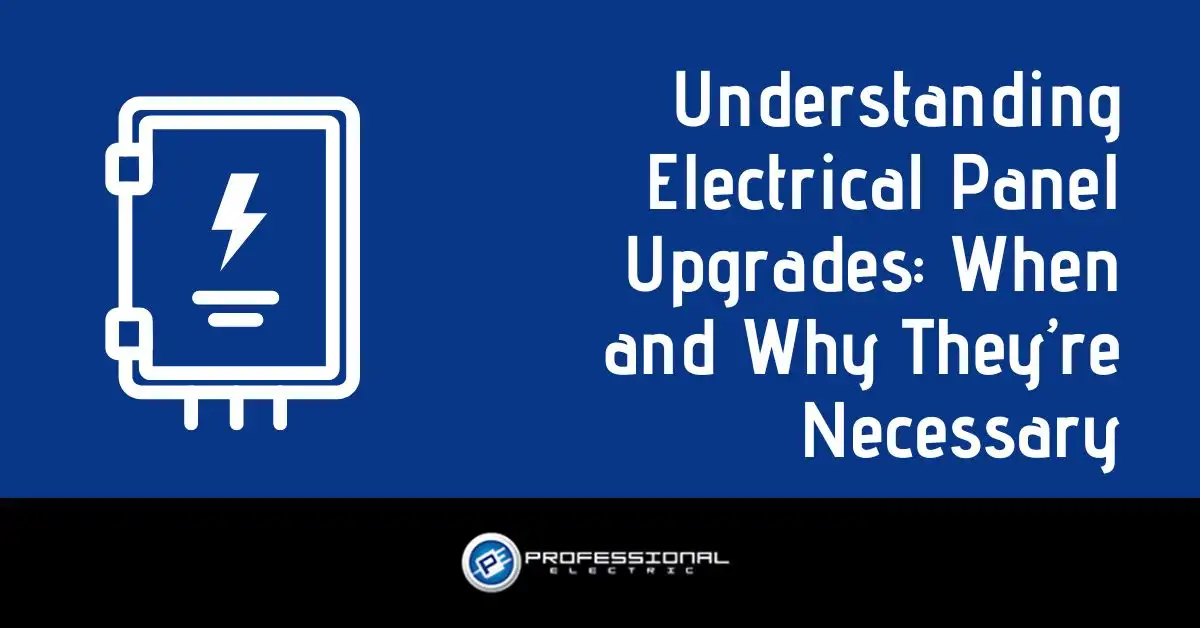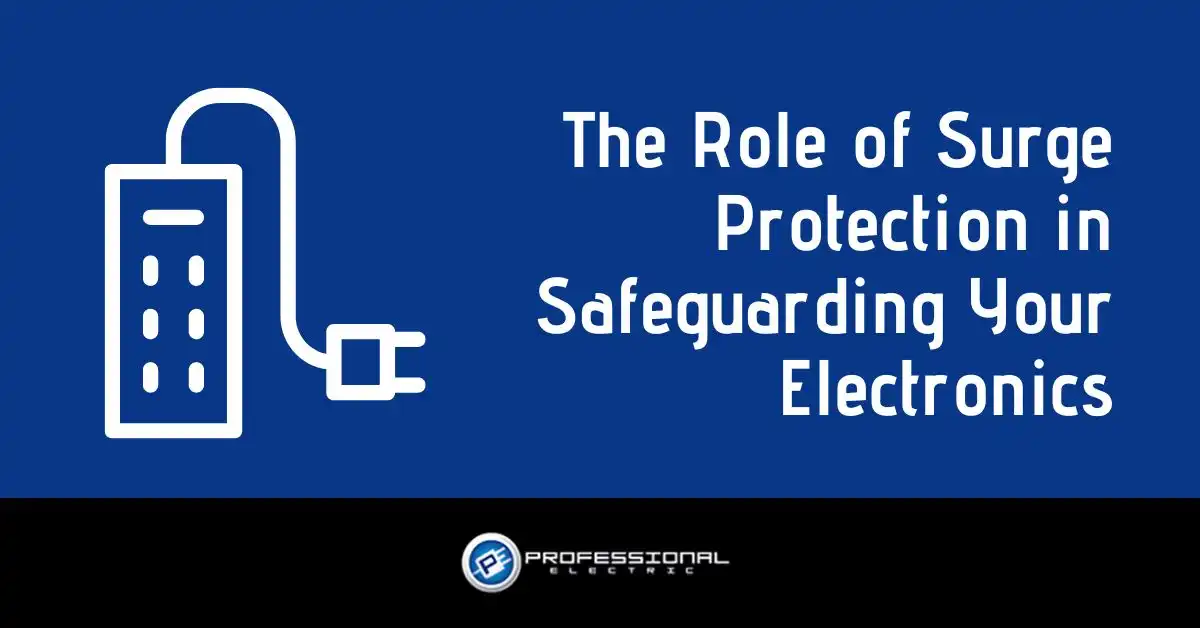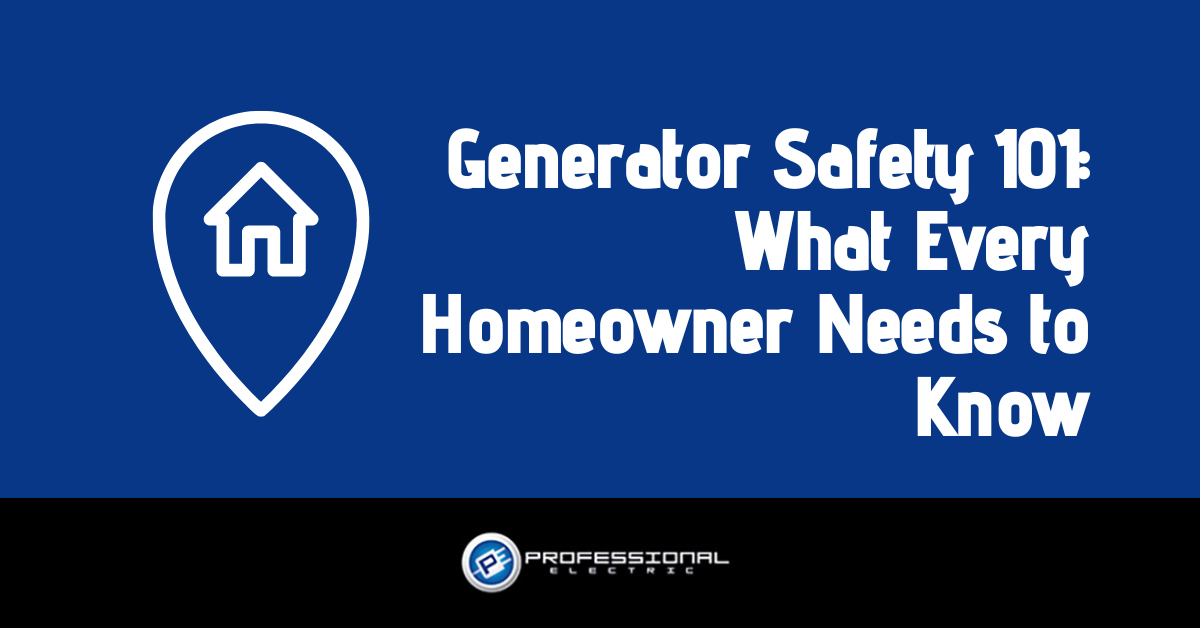Ground faults happen when the electricity in your wiring doesn’t stay there, but finds another, faster way to the ground. If a person happens to be between the power and that ground, it can be deadly. Approximately 200 people in the United States are killed in ground fault accidents every year. In order to mitigate this danger, the ground fault interrupter, or GFI, was invented in 1961. You may even be familiar with them already. Outlets that have the red and black “reset” buttons between the plugs contain this special technology. Beyond the familiar bathroom plug, however, there are a few other important points to understand:
GFI’s are sometimes called GFCI, for Ground Fault Circuit Interrupter. Essentially, these special outlets monitor how much electricity is going in and how much is coming back out of the circuit when it is in use. When this amount doesn’t match, the device opens the circuit preventing dangerous electrical “leaks,” protecting you, your appliances and your home against shock and fire. Commonly, what you experience is the sudden shut off of your appliance and the need to push the button on the outlet to get it started again. What you may not realize is just how close you were to danger before the ground fault was “interrupted!”
Anytime electrical outlets are near sources of water, such as bathrooms, kitchens, unfinished basements and other extremely humid or wet conditions, a GFI is a good idea. Since water is such an excellent conductor, these areas are more prone to the kinds of problems these special plug adapters can eliminate. In fact, the National Electric Code (NEC) requires GFCI/GFI outlets in all new unfinished basements, kitchens, bathrooms, crawl spaces, and, of course, outdoor receptacles. In older homes, retrofitting in damp conditions can cost as little as $10 per outlet, or a breaker switch can be installed in the main panel for about $150 total.
Because lightning from storms or power surges from your main lines can damage the circuits in your GFI, you should test them at least once per month. It’s simple to do, and you don’t need an electrical degree to do it. Just plug in an appliance, like a lamp or hair dryer. Then turn it on and push the “test” button on the outlet. If the light stays on, it’s time to replace it! If the light goes off, however, you can rest assured that your unassuming little outlet is indeed, protecting you from deadly ground fault accidents.
If you are in need of any residential or commercial electrical services in Baldwin County or Mobile, Alabama look no further than Professional Electric! Visit us online at www.ProfessionalElectric.biz and connect with us on Facebook and Twitter!
We are available 24/7 for emergency services!
Mobile: (251) 473-5788
Baldwin County: (251) 929-8957
© Southern View Media 2016 : Reproduction without explicit permission is prohibited. All Rights Reserved.




